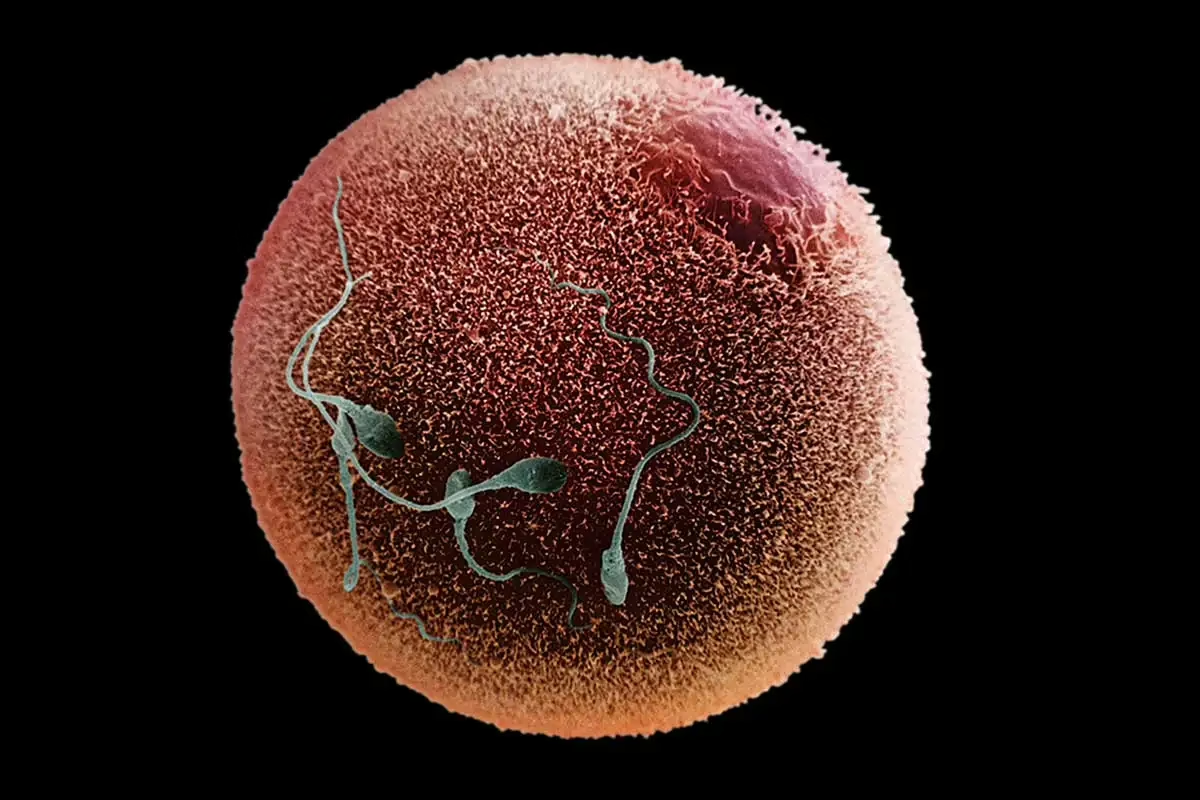By: Sunday Ameh
In what experts are calling a revolutionary step in reproductive medicine, a team of US-led scientists has successfully turned human skin cells into eggs and fertilised them with sperm in a laboratory experiment — the first time such a feat has been achieved.
The research, published in Nature Communications, marks a milestone in a field known as in-vitro gametogenesis (IVG), which could one day allow infertile individuals, older women, or even same-sex couples to have genetically related children.
Dr. Paula Amato of Oregon Health & Science University, a co-author of the study, described the development as a potential game-changer.
“It also would allow same-sex couples to have a child genetically related to both partners,” she told AFP.
The scientists reprogrammed skin cells, removing their nuclei and transferring them into donor eggs stripped of their own genetic material. By mimicking natural cell division in a process they call “mitomeiosis,” the team produced 82 early-stage eggs, some of which were fertilised through IVF.
However, only fewer than nine percent developed into embryos that reached the “blastocyst” stage — the point where they could, in theory, be implanted in a uterus.
Despite the breakthrough, researchers cautioned that the technology is still in its infancy. Many embryos showed chromosomal abnormalities, and experts estimate it could take at least a decade before the method is safe and clinically available.
“The biggest hurdle is trying to achieve genetically normal eggs with the correct number and complement of chromosomes,” Amato said.
Ying Cheong, a reproductive medicine researcher at the University of Southampton, hailed the findings as “exciting,” noting that for the first time, human DNA from ordinary body cells had been successfully used to mimic egg creation.
While more work is needed, scientists say the breakthrough could redefine infertility treatment and open the door to previously unimaginable reproductive options.











Leave a Reply